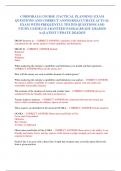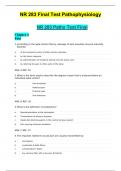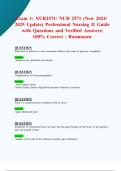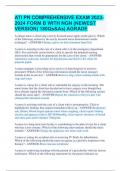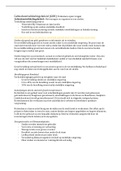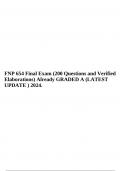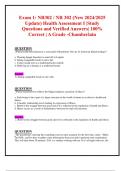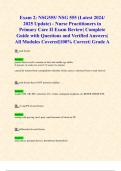Exam (elaborations)
CORPORALS COURSE (TACTICAL PLANNING) EXAM QUESTIONS AND CORRECT ANSWERS|ACCURATE ACTUAL EXAM WITH FREQUENTLY TESTED QUESTIONS AND STUDY GUIDE| GUARANTEED PASS|ALREADY GRADED A+|LATEST UPDATE 2024/2025
- Module
- Institution
CORPORALS COURSE (TACTICAL PLANNING) EXAM QUESTIONS AND CORRECT ANSWERS|ACCURATE ACTUAL EXAM WITH FREQUENTLY TESTED QUESTIONS AND STUDY GUIDE| GUARANTEED PASS|ALREADY GRADED A+|LATEST UPDATE 2024/2025
[Show more]
